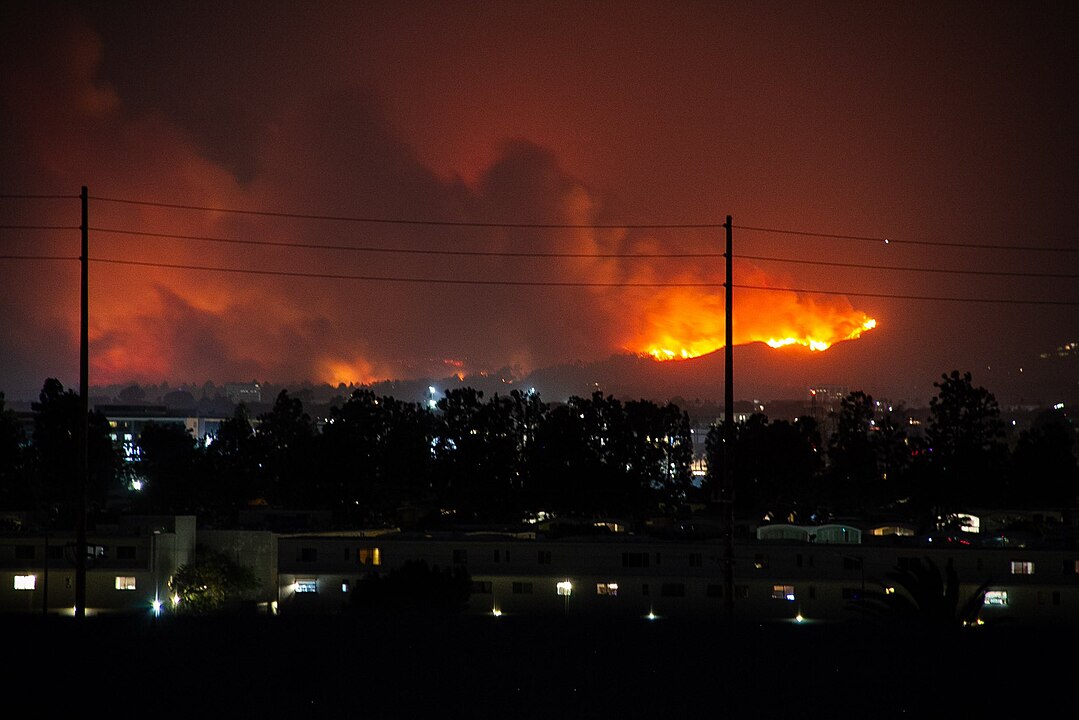Anyone who dared a toe outdoors in July knew that the heat started in June turned up in July, which was an extreme weather month. Above-normal temperatures ruled with some record highs being broken. Some record lows were set, too.
In Atlanta, the monthly average temperature was 82.3 degrees F (2.3 degrees above normal), in Athens 83 degrees (3.2 degrees above normal), Columbus 85 degrees (3 degrees above normal), Macon 83.4 degrees (2.3 degrees above normal), Savannah 83.9 degrees (1.8 degrees above normal), Brunswick 84 degrees (1.6 degrees above normal), Alma 83.3 degrees (1.3 degrees above normal), Valdosta 84.2 degrees (1.8 degrees above normal) and Augusta 83.6 degrees (2.8 degrees above normal).
Record daily highs were set in several cities. Athens reached 103 degrees July 26, breaking its record of 101 degrees set on that date in 1925. Columbus broke its record July 26 with 99 degrees, breaking 98 degrees set on that date in 1993. Savannah broke record July 26 with 102 degrees, surpassing 101 degrees set in 1940. Brunswick hit 99 degrees July 30, breaking its 98-degree record set on that date in 1961. Several other record highs were tied.
The May-July period was the warmest ever for Atlanta, Athens and Savannah and the second warmest ever for Columbus.
Several record daily low temperatures were also set early in the month. Savannah with 62 degrees July 3 broke its record of 64 degrees set in 1965. Augusta broke record lows three days in a row with 59 degrees July 3, 59 degrees July 4 and 60 degrees July 5. Alma set a record low July 3 with 62 degrees, breaking its record of 63 degrees set in 1975.
Most of the state received below-normal rainfall. However, a few isolated areas received rainfall that was significantly above normal, including areas in Coweta, Liberty and McIntosh counties.
The highest monthly total from National Weather Service reporting stations was 6.97 inches in Macon (2.65 inches above normal). The lowest was Athens at 1.40 inches (3.01 inches below normal).
Valdosta received 4.56 inches (1.87 inches below normal), Alma 2.51 inches (3.50 inches below normal), Brunswick 3.62 inches (1.19 inches below normal), Atlanta 4.37 inches (.75 inch below normal), Columbus 2.16 inches (2.88 inches below normal), Savannah 2.18 inches (3.86 inches below normal) and Augusta 5.86 inches (1.79 inches above normal).
A record daily rainfall was set in Brunswick, where 2.25 inches fell July 11, breaking the old record of 1.57 inches set in 1993.
The highest single-day rainfall from Community Collaborative Rain, Hail and Snow Network stations was 6.30 inches in Coweta County in west-central Georgia July 13. An observer in Franklin County received 6.28 inches July 2. The highest monthly rainfall total from the network was 12.25 inches in McIntosh County, followed by 9.33 inches from an observer in Coweta County.
Severe weather hit somewhere in Georgia on 17 days during the month. The vast majority of these reports were for high winds, including a report of a 76-mph wind at Moody Air Force Base in Valdosta July 28. A few reports of small hail were made. No tornadoes were observed.
Due to the almost daily occurrence of pop-up thunderstorms, there were many reports of lightning-caused damage across the state. July 27 alone, Gwinnett County firefighters reported more than 120 incidents, resulting in 14 house fires, 12 apartment fires and one business fire. One estimate indicated more than 1,000 lightning strikes in just 15 minutes in the Atlanta area on that date.
Two teens’ deaths were blamed on lightning that hit the tree they were standing underneath July 13 in Cobb County. Three heat-related deaths were reported, two in Bleckley County and one in Twiggs County.
The heat continued to stress crops and animals, particularly in areas that are not irrigated. Reductions in yield are starting to be reported in several crops.








